Comprehensive network model to help revitalise water distribution for Agra, India
May 10, 2019 3:17 pm
Rapid growth in urbanisation and construction of irrigation networks has substantially reduced fresh water inflow into the downstream stretches of the Yamuna river in Agra.Cities situated along the river, including Delhi, discharge a large quantity of partially treated and untreated sewage and industrial waste into the river throughout the year.
The Agra Water Supply System draws water from the Yamuna River to supply the city. The distribution system is considerably old, as evidenced by high Unaccounted for Water (UFW), which is suspected to be mainly caused by physical losses due to the system’s poor condition. The operation of the existing system is considered intermittent supply, running six-to-eight hours per day on average. Using Bentley’s WaterGEMS and STAAD.Pro applications, NJS Engineers India P Limited created and analysed a comprehensive model of the entire water network. The target outcome was to identify gaps in the current system and to create a forward-looking performance model that would enable U.P. Jal Nigam to predict water supply for decades to come, while moving from an intermittent supply system to a 24/7 system.
Using Bentley’s WaterGEMS and STAAD.Pro applications, the NJS team conducted numerous studies and analyses of the existing and future network upgrades. Creating a real-time, shareable GIS-enabled model of the network, U.P. Jal Nigam’s operations teams can now monitor inventory in real-time, instantly reducing operating and production costs. Through the detailed analysis model, future upgrades to the water network will ensure 100 percent water supply to the region by 2030, 24 hours a day.
Using the GIS-enabled model into operations will identify problems in the network faster and shorten the time to make decisions on new connections or maintenance via a single collaboration platform. These benefits are in addition to the Rs. 360 million saved in the design and construction phases of the projects as a result of having more accurate models.
“The measurable or projected results achieved using Bentley technology included reducing the number of large-scale drawings by 35 percent, saving 300 resource hours, and 60 resource months during construction,” said RohitDembi, ITES Head at NJS Engineers.
Cookie Consent
We use cookies to personalize your experience. By continuing to visit this website you agree to our Terms & Conditions, Privacy Policy and Cookie Policy.



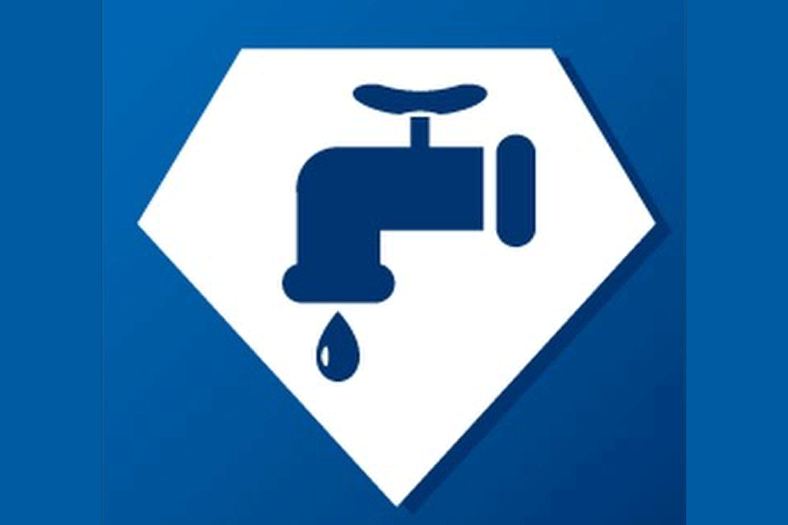
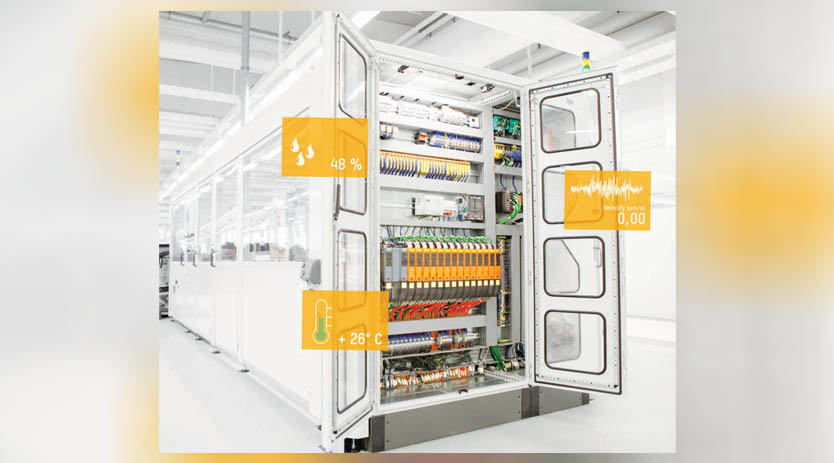
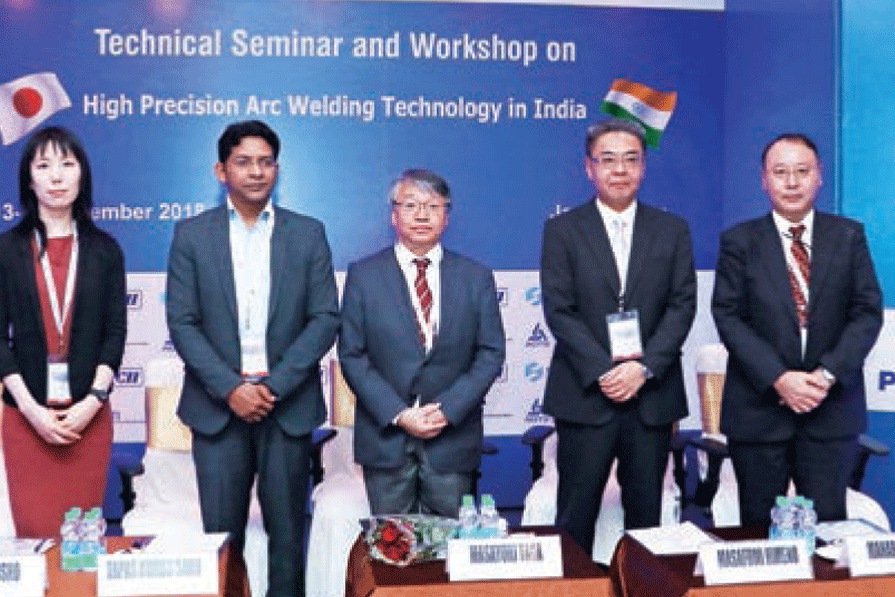
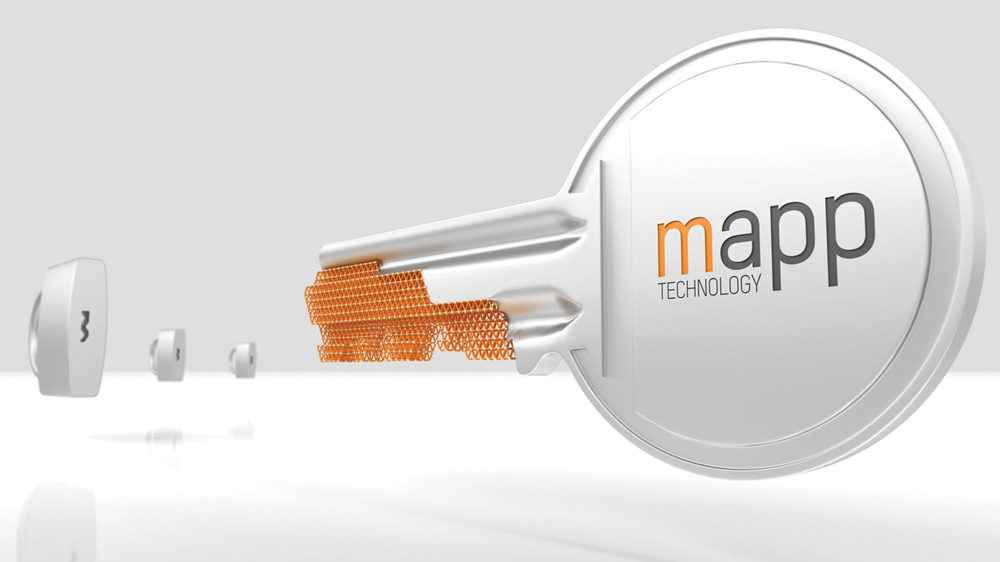
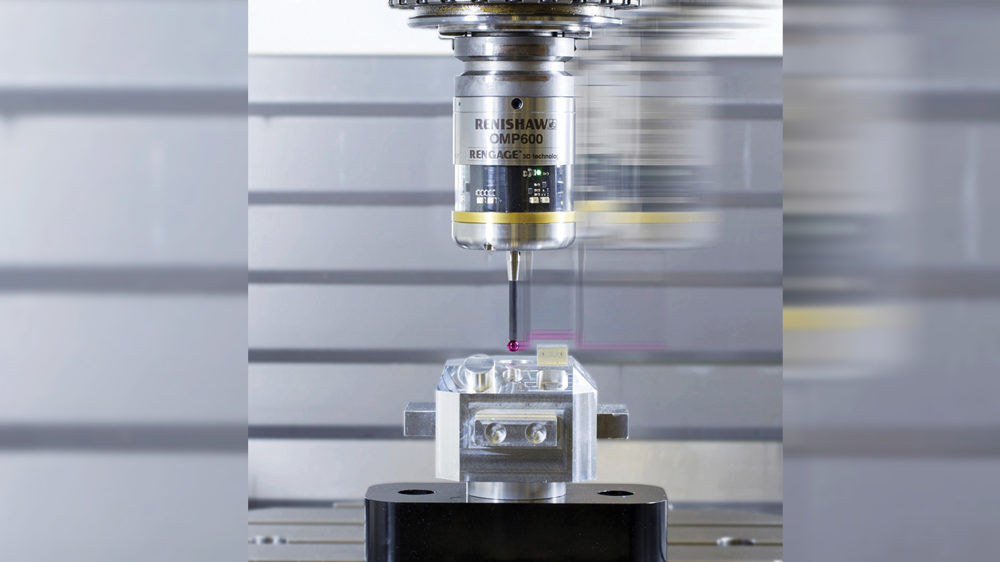
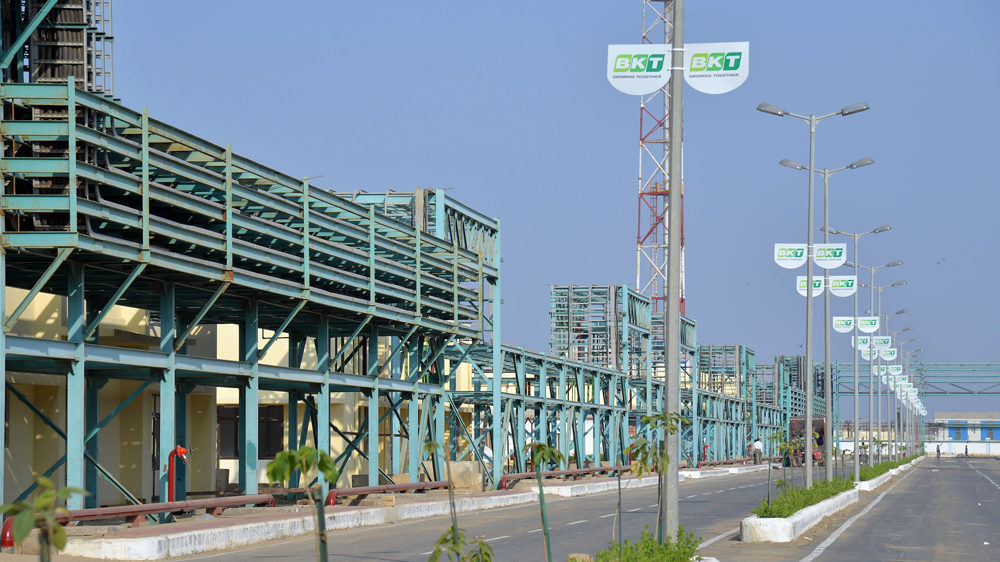
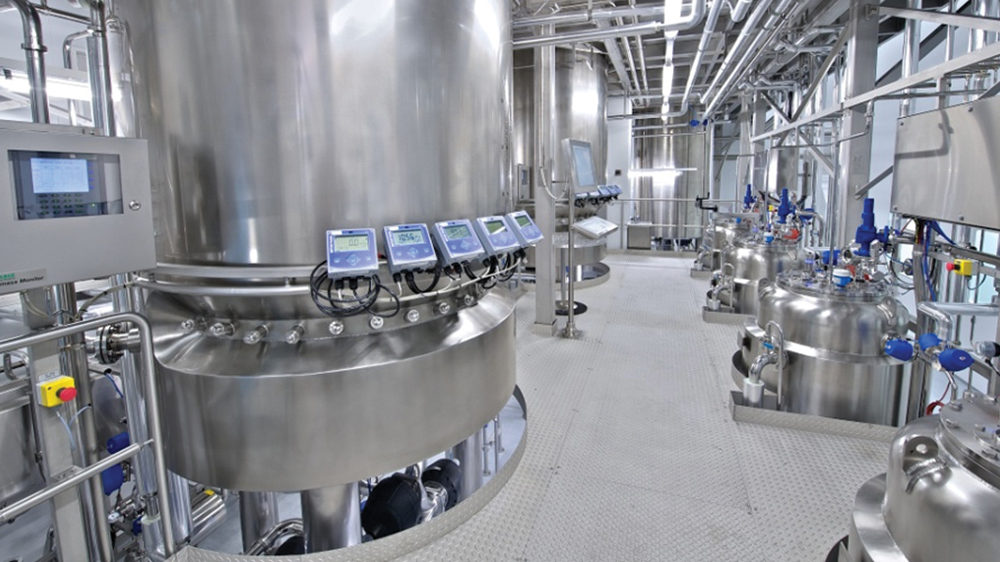
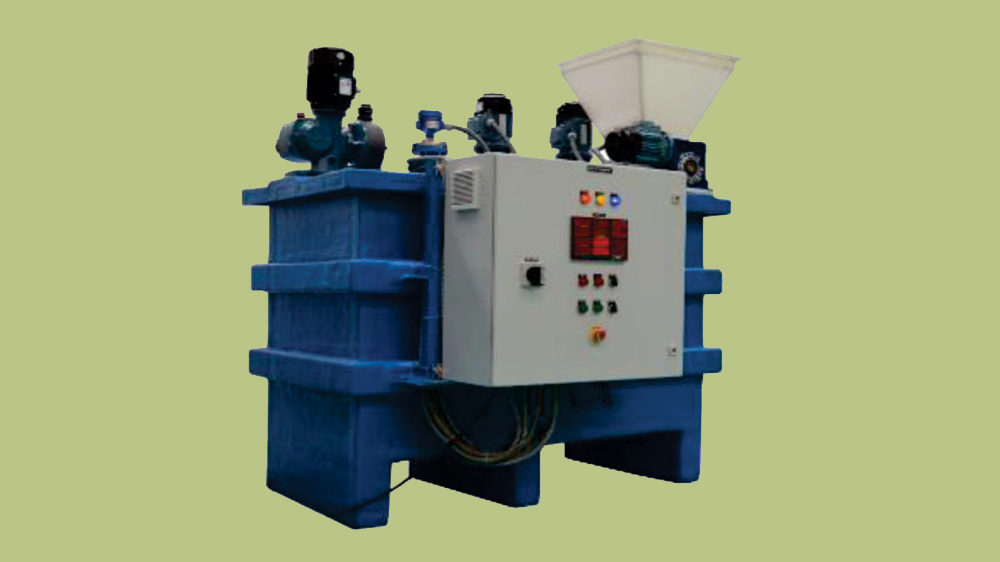
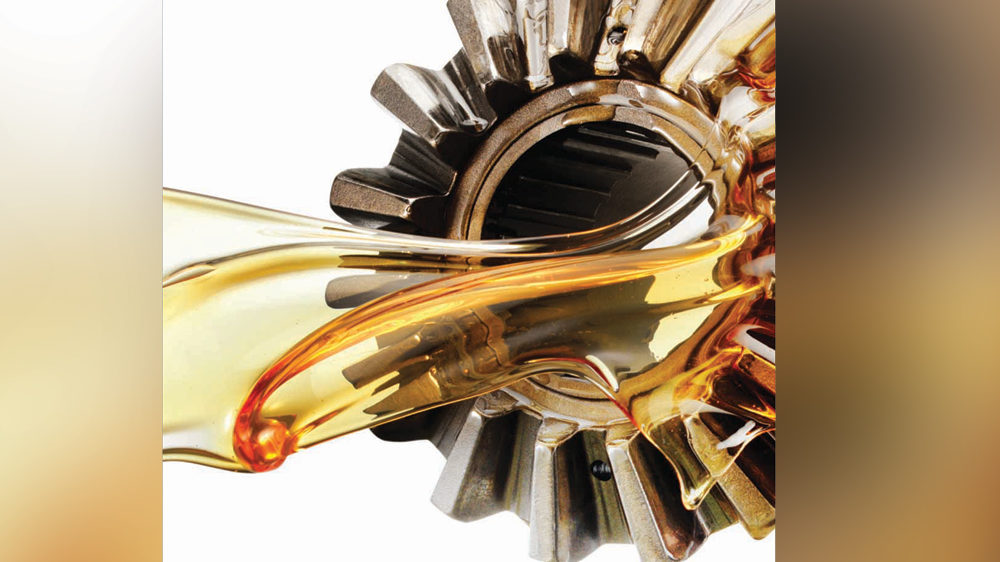
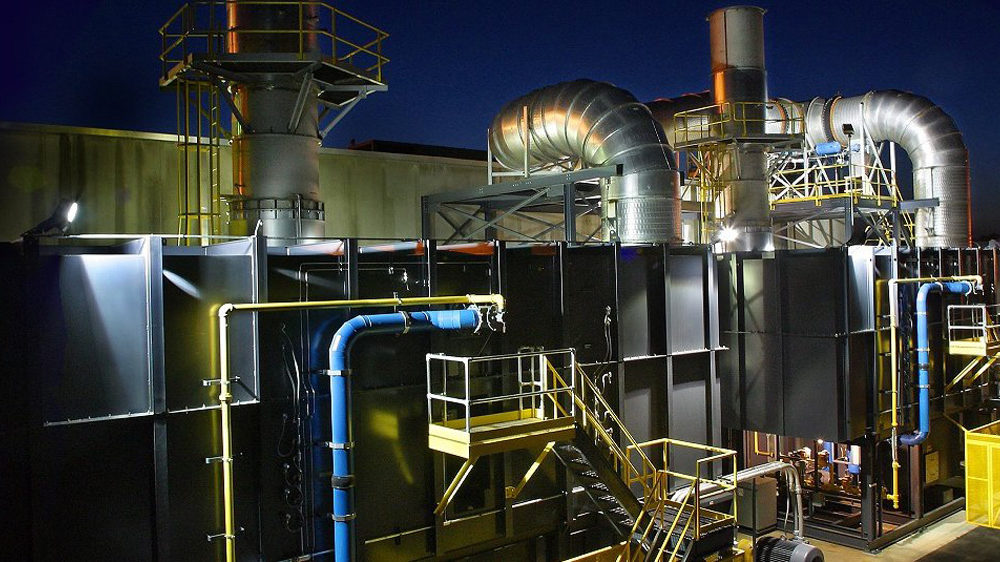
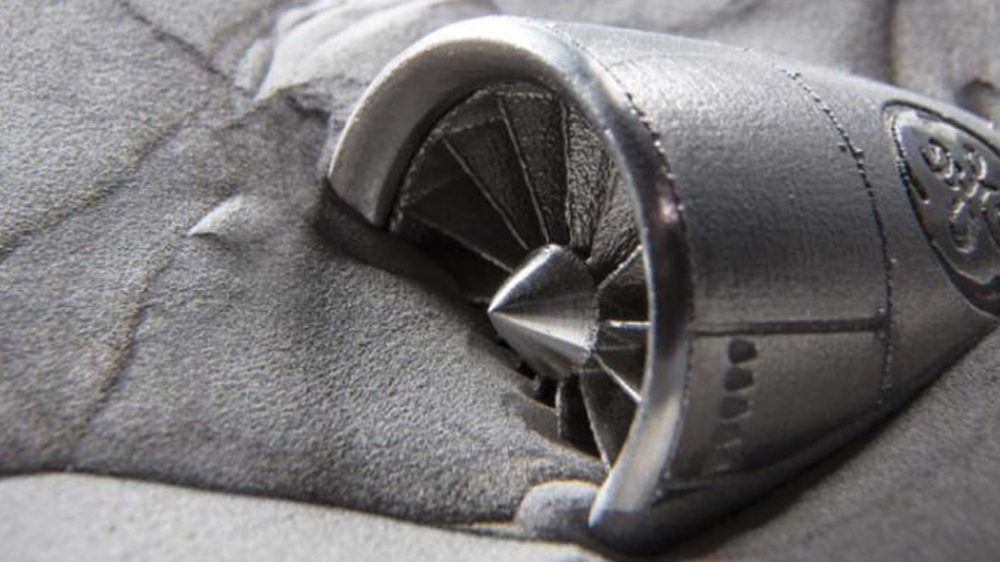





 English
English Hindi
Hindi